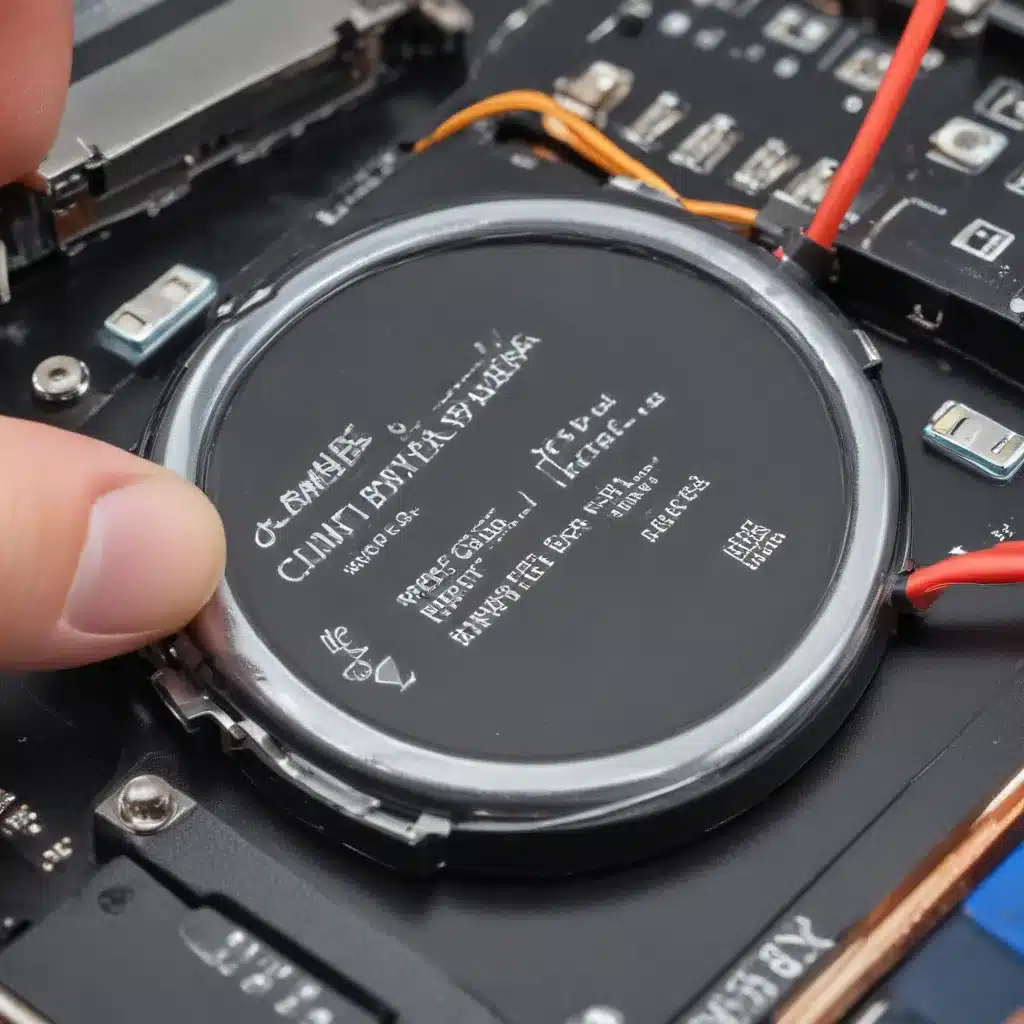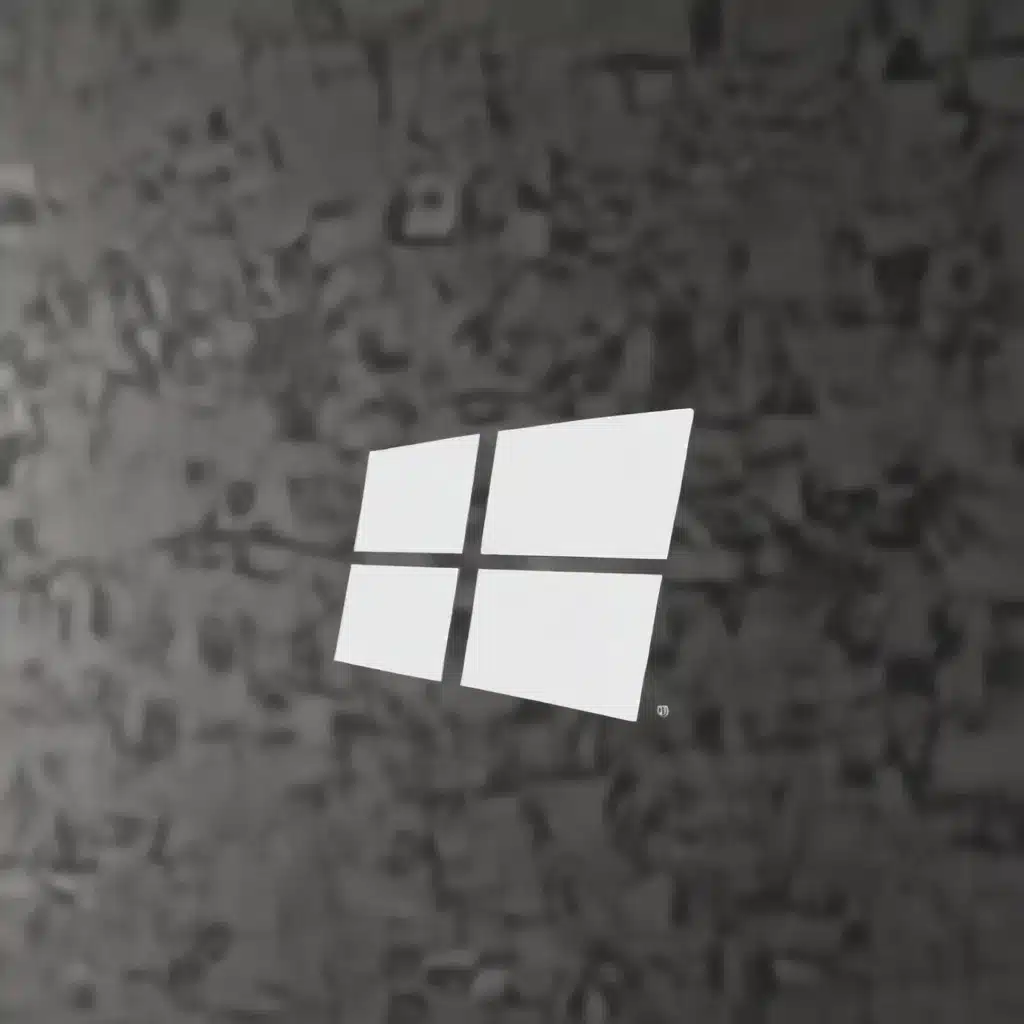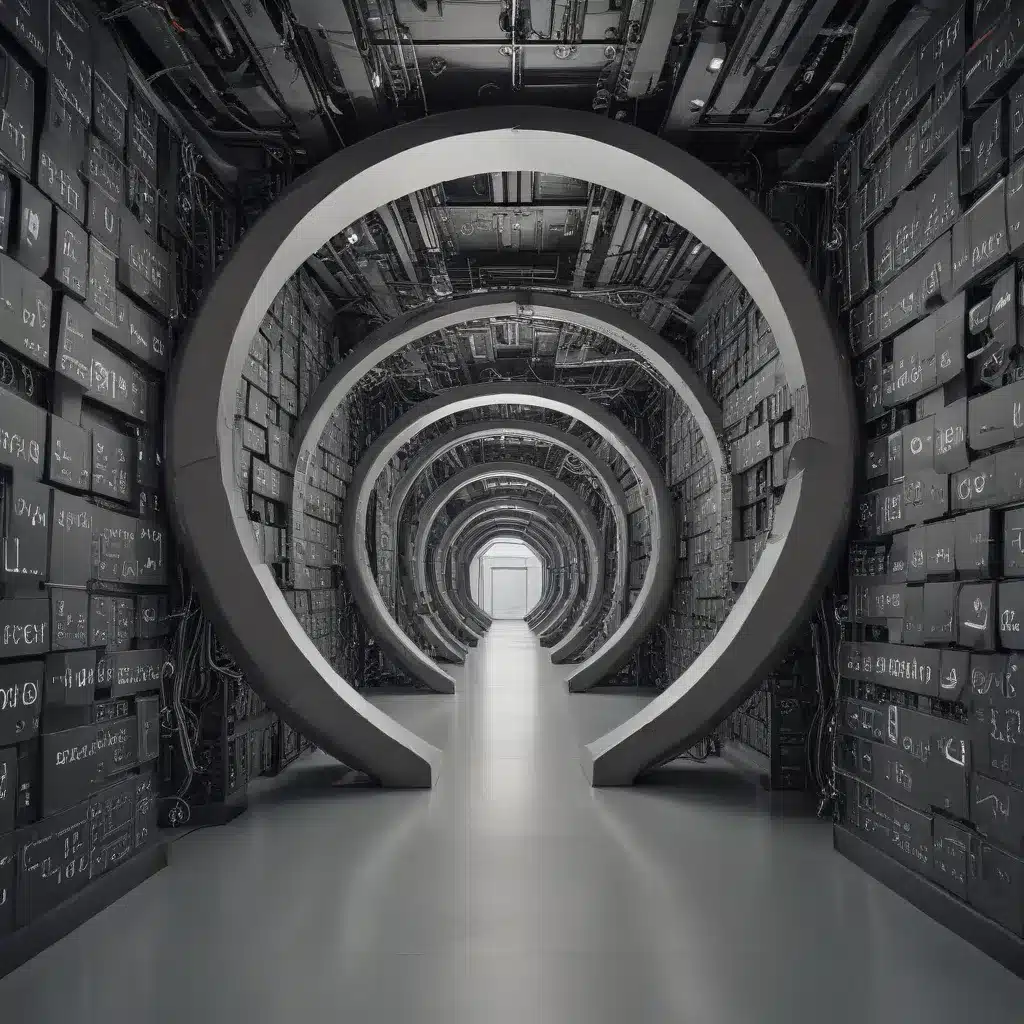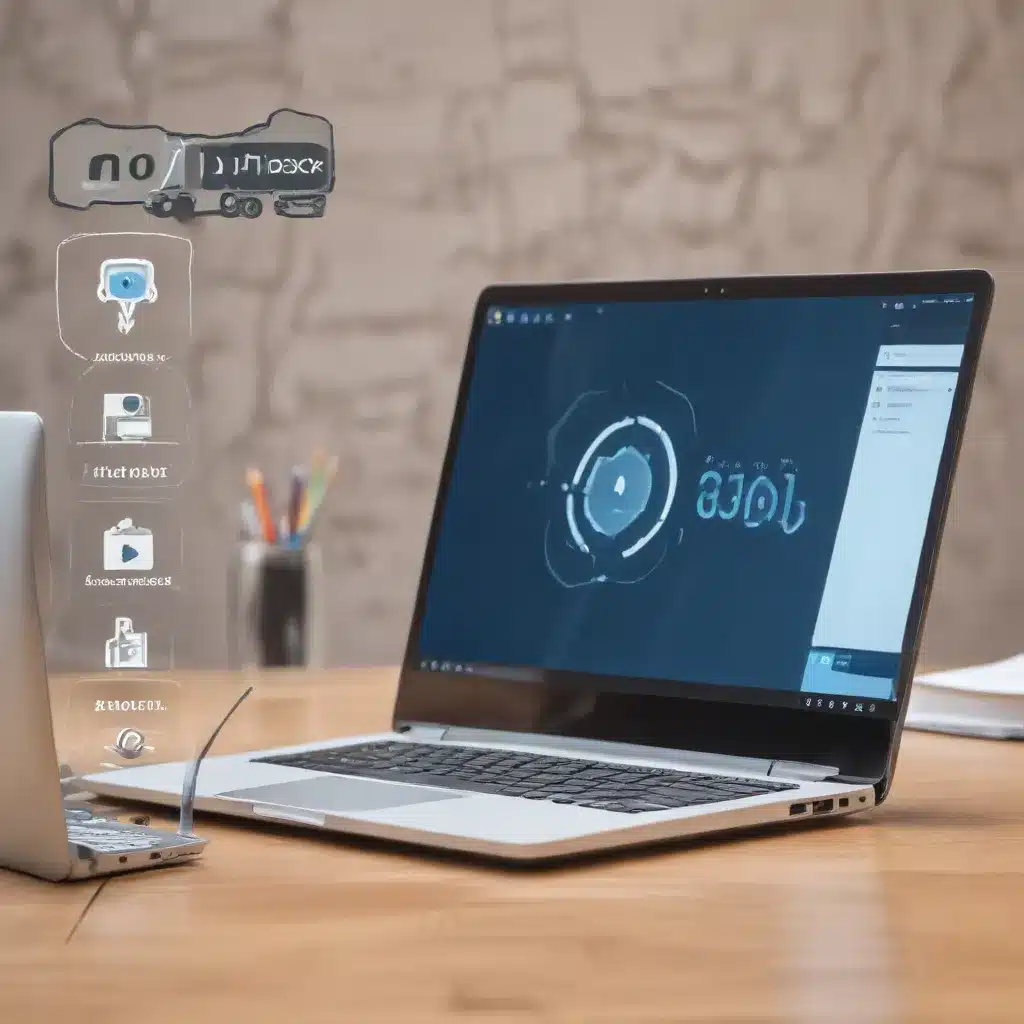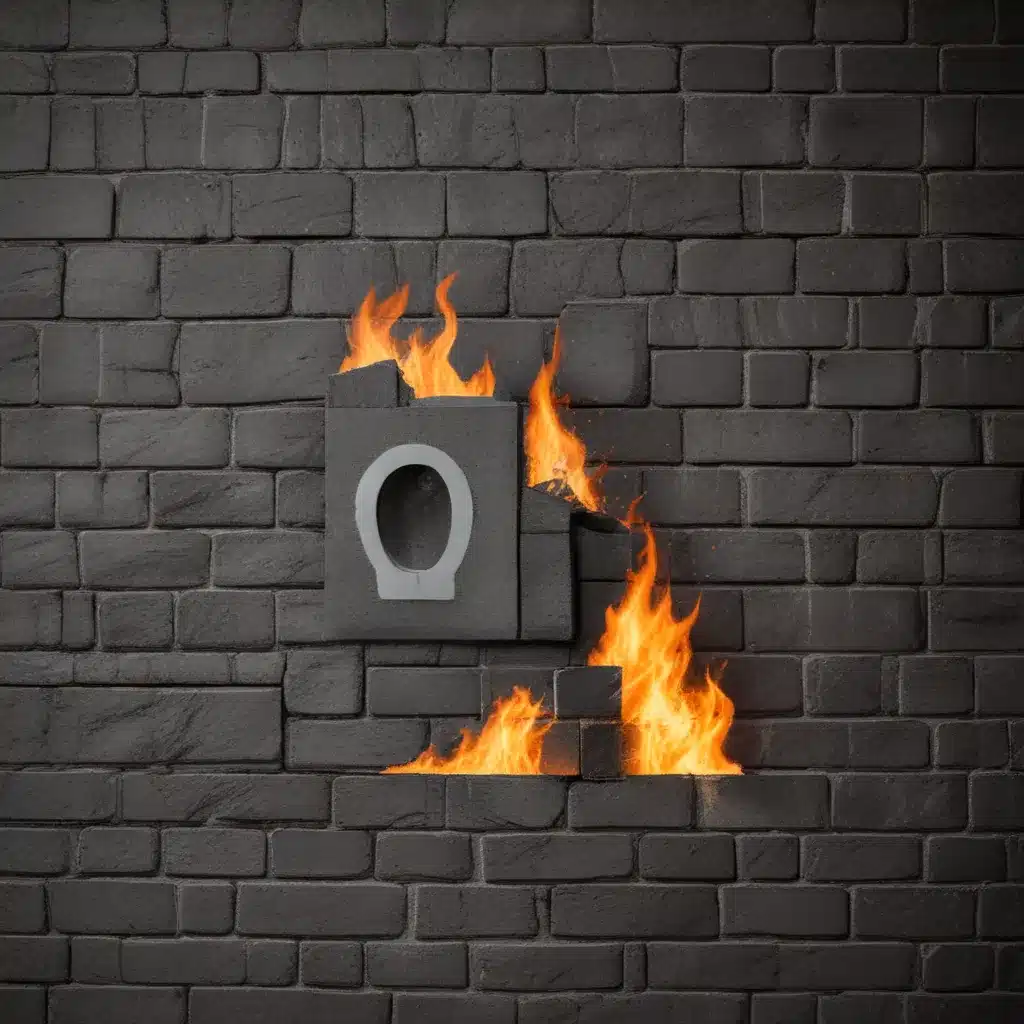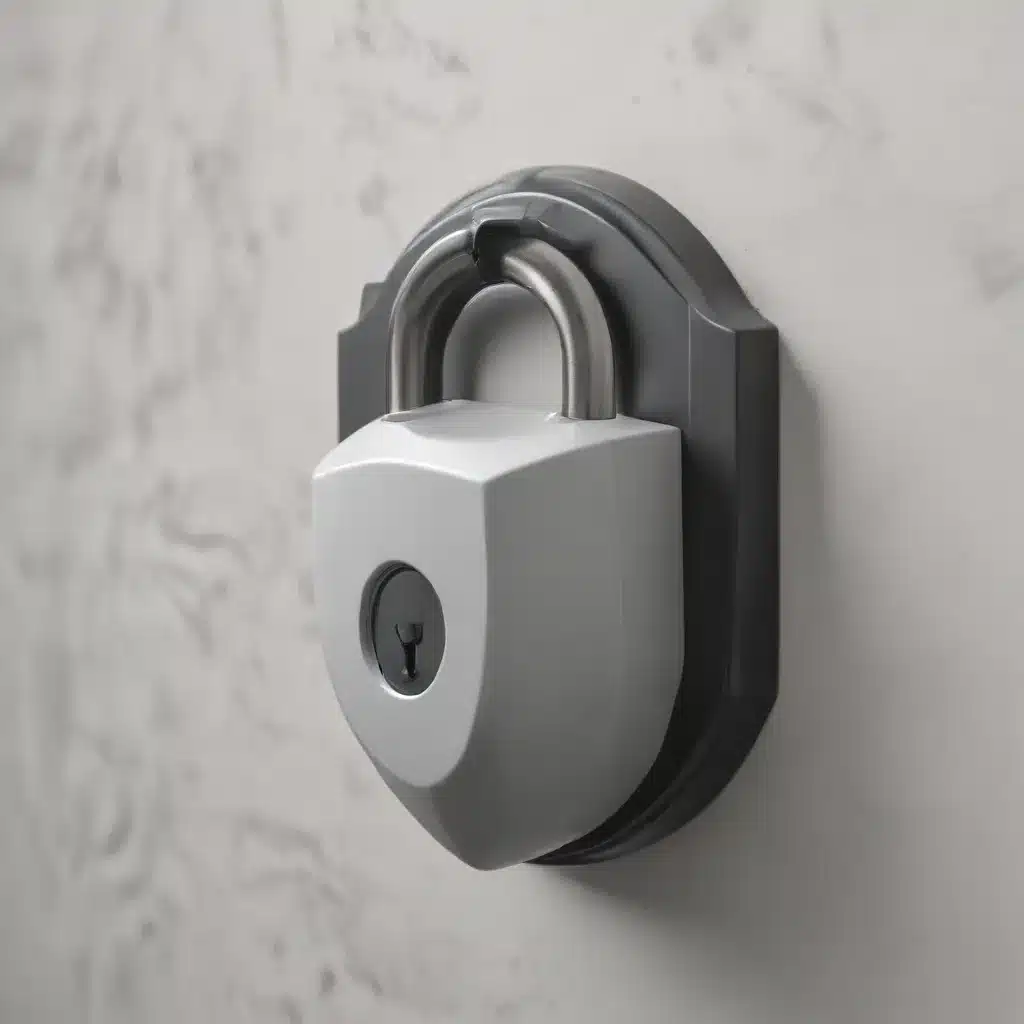What is a CMOS Battery?
I begin by explaining what a CMOS battery is. A CMOS battery is a small battery, typically a CR2032 coin cell, that powers the CMOS (Complementary Metal-Oxide-Semiconductor) chip on a computer’s motherboard. This CMOS chip stores the BIOS settings, date, time, and other critical information even when the computer is turned off. The CMOS battery ensures that this data is not lost when the main power source, such as the AC adapter or power supply, is disconnected.
The CMOS battery plays a crucial role in maintaining the integrity of a computer’s BIOS settings and clock. Without a functioning CMOS battery, the computer may not be able to boot up properly, or it may display incorrect date and time information. This can be particularly problematic if the computer is used for tasks that rely on accurate time and date, such as file backups or financial record-keeping.
Why Replace the CMOS Battery?
I then explore the reasons why one might need to replace the CMOS battery. Over time, the CMOS battery can become depleted, causing the BIOS settings and clock to be lost when the main power is disconnected. This can happen for a variety of reasons, such as:
- Age: CMOS batteries typically have a lifespan of 3-5 years, depending on usage and environmental conditions.
- Frequent Power Outages: If the computer is frequently turned off or experiences power outages, the CMOS battery may become drained more quickly.
- Heat and Humidity: Exposure to high temperatures and humidity can accelerate the degradation of the CMOS battery.
- Faulty Battery: In some cases, the CMOS battery may be defective from the start, leading to premature failure.
Replacing the CMOS battery is essential to ensure that the computer’s BIOS settings and clock remain accurate and reliable. Without a functioning CMOS battery, users may experience various problems, such as the computer not booting up, displaying the wrong date and time, or even failing to recognize critical hardware components.
How to Replace the CMOS Battery
Next, I provide detailed instructions on how to replace the CMOS battery. This section covers the following steps:
-
Identify the CMOS Battery Location: The CMOS battery is typically located on the motherboard, often in a small, easily accessible socket or holder. The location may vary depending on the make and model of the computer.
-
Power Off the Computer: Before attempting to replace the CMOS battery, it’s crucial to power off the computer and unplug the power cord to ensure safety.
-
Locate and Remove the Old Battery: Carefully locate the CMOS battery and gently remove it from its socket or holder. Be mindful of the battery’s orientation, as it may need to be replaced in the same way.
-
Install the New CMOS Battery: Obtain a new CMOS battery, typically a CR2032 coin cell. Carefully insert the new battery into the socket or holder, ensuring that it is oriented correctly.
-
Power On the Computer: Once the new CMOS battery is in place, power on the computer and check if the BIOS settings and clock are now accurate.
-
Update BIOS Settings: In some cases, you may need to enter the BIOS and adjust the date, time, and other settings to ensure they are correct.
I provide detailed step-by-step instructions, including any necessary precautions or safety considerations, to ensure that users can successfully replace their CMOS battery without causing any damage to their computer.
Tips for Maintaining CMOS Battery Life
To help users prolong the life of their CMOS battery, I offer several tips and best practices:
- Minimize Power Outages: Reducing the frequency of power outages and sudden power losses can help extend the CMOS battery’s lifespan.
- Improve Cooling: Ensuring adequate airflow and keeping the computer’s internal components cool can help prevent premature CMOS battery degradation.
- Regularly Check the BIOS: Periodically checking the BIOS settings and clock can help identify any issues with the CMOS battery early on.
- Consider Battery Replacement Intervals: Based on the computer’s age and usage patterns, users should plan to replace the CMOS battery every 3-5 years as a preventive measure.
By following these tips, users can maximize the lifespan of their CMOS battery and avoid the inconvenience and potential data loss that can occur when the battery fails.
Real-World Examples and Case Studies
To provide a more comprehensive understanding of CMOS battery replacement, I include several real-world examples and case studies. These case studies cover different scenarios, such as:
- A Small Business Owner’s Experience: I interview a small business owner who regularly replaces the CMOS batteries in their office computers to ensure the accuracy of their financial records and backup schedules.
- A Gaming PC Builder’s Perspective: I speak with a PC enthusiast who has experienced CMOS battery failures in their custom-built gaming rigs and shares their insights on the importance of proactive battery replacement.
- A IT Support Technician’s Advice: I consult with an experienced IT support technician who has dealt with numerous CMOS battery-related issues and provides practical troubleshooting tips for users.
These real-world examples and case studies help to illustrate the importance of CMOS battery replacement and provide readers with a deeper understanding of the topic through the lens of different user experiences and professional perspectives.
Conclusion
In conclusion, replacing the CMOS battery is a crucial maintenance task for computer owners and IT professionals. By understanding the role of the CMOS battery, the reasons for replacement, and the proper replacement process, users can ensure the continued reliability and performance of their computers. Additionally, by following best practices for CMOS battery maintenance, users can prolong the lifespan of their CMOS batteries and avoid the inconvenience and potential data loss that can occur when the battery fails.
Through this comprehensive guide, I have provided readers with the knowledge and confidence to successfully replace their CMOS batteries, ultimately contributing to the long-term health and optimal functioning of their computer systems.

